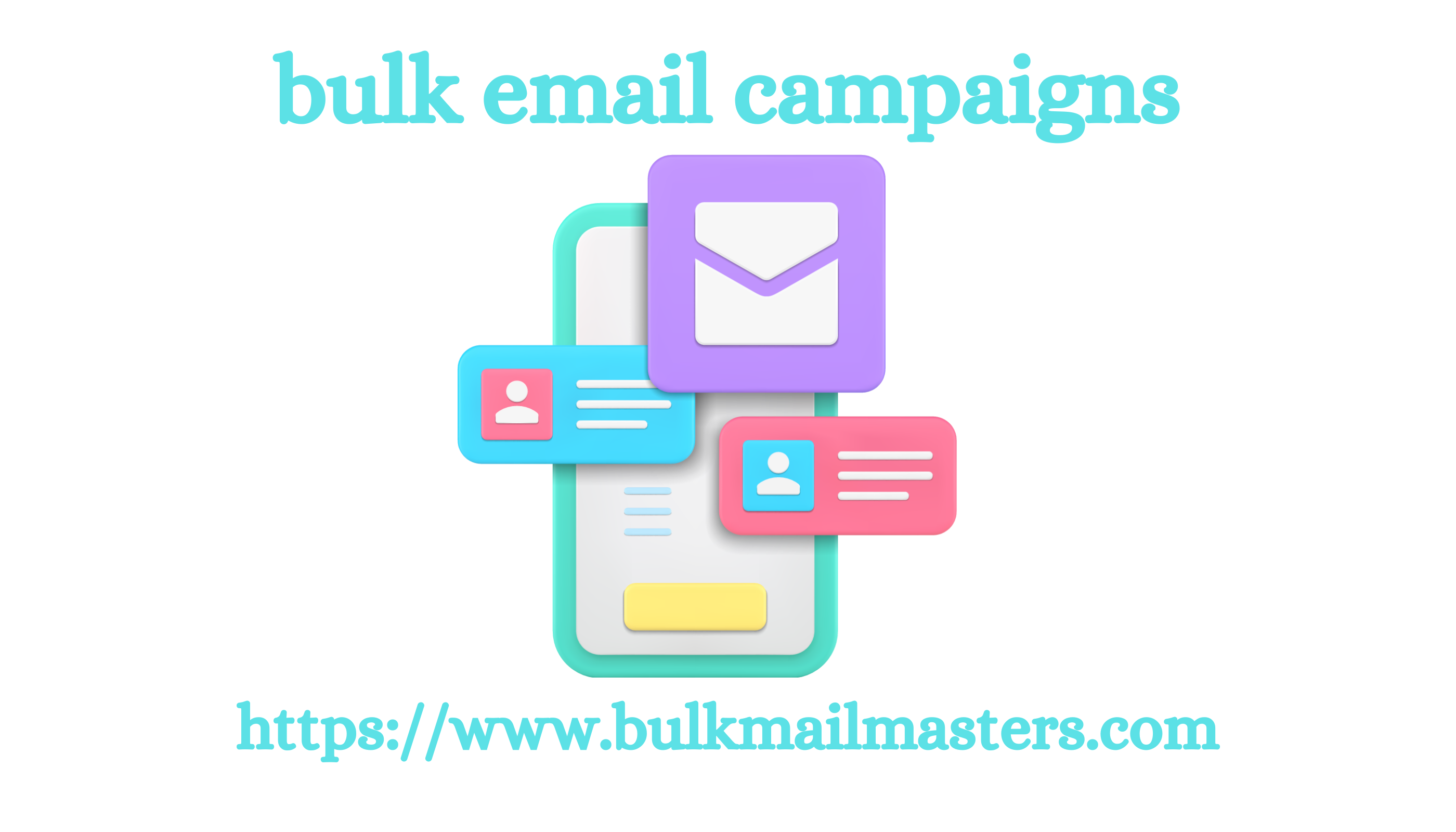A personalized template for your WordPress blog does not seem within everyone's reach, yet it is not as complicated as it seems. As a graphic designer and web designer, I consider that the graphic aspect is essential on a site to be able to provide a better user experience. Because if you have exactly the same site as your neighbor, you will not stand out from him, worse, you could discredit your image, then bringing a feeling of amateurism or impostor. A blog should provide a form of expertise, while remaining accessible to your readers. People will become more attached to you if the blog resembles you and resembles them. To do this, you will need to know a few small graphic rules before you start.
Note: This guest article was written by Flore from the Flore bulk email campaigns du web website Step 1: Create a Moodboard To start, I recommend creating a mood board, also known as a trend board or inspiration wall. Use platforms like Pinterest to save images, colors, typography, and blogs that inspire you. Make sure to stay true to your blog's theme and maintain visual consistency. To guide you in creating your mood board, refer to sections 2, 3 and 4 of this article for specific directions. custom moodboard template development Step 2: Choosing Colors for Your Custom Template Choosing colors is one of the most impactful elements in creating a visual identity. It is essential to select two to three key colors.

Main Color: This color will guide the entire design and will usually be darker. It determines the overall mood. Accent Color: Used sparingly, this bright color draws attention to specific elements. Contrast Color (optional): A lighter shade can be chosen to distinguish certain areas. Shades of beige or colored gray, in harmony with the main color, are often used. Color Selection Yellow: Avoid using it as a background color if your text is white or light. Yellow, energetic and cheerful, can be used in moderation to energize the blog, combined with black, navy blue, or even white only for illustrations. Blue: Versatile and connoting stability and confidence , blue (navy, turquoise, azure) can be combined with various colors depending on the intensity desired. Red: Used sparingly, red evokes strong emotions, whether positive or negative.
Paired with white, black, blue, and green, it is often used for notifications. Green: Symbolizing nature and health, green can also evoke toxic elements. It can be associated with white/beige, or even purple for lighter shades. Purple: Bringing a spiritual dimension, purple is trendy and can target a young audience. In dark shades, it fuses blue and red. Associations include white, beige, green or pink. Pink: Evoking femininity and eroticism, pink can also be diverted for an offbeat look. Handle with care to avoid clichés. Orange: Dynamic and innovative, orange suggests accessibility. Use wisely to avoid confusion with luxury products. Black: Symbol of luxury and strong contrast, black combines with many colors for a strong visual impact. Gray: Brings dynamism and modernity to the text. Can be considered neutral and associated with technology and metal.